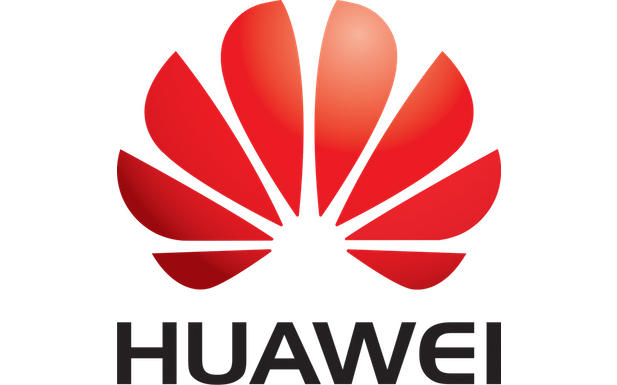Huawei has unveiled a new cloud-based air interface (CloudAIR) solution to enable more efficient sharing of spectrum, power, and radio channels, amid new video and IoT announcements.
The new CloudAIR product has been combined with its solutions for cloud-based core networks (CloudEdge), announced at Mobile World Congress in February, and cloud-based radio access networks (CloudRAN), announced in April.
The trio of solutions have been integrated into a new ERA (‘edge-RAN-air’) cloud proposition, the Chinese vendor said, to help mobile operators build cloud-based networks.
Huawei told the 2016 Global Mobile Broadband Forum in Tokyo its ERA product signals “the arrival of the mobile cloud era”.
Edward Deng, President of Huawei Wireless Solution, said the diversity of the wireless market raises the stakes for network development.
He said: “In order to face this challenge, a modern network needs efficient resource utilisation, on-demand module deployment, and agile service provisioning if it hopes to achieve long-term development. And building a cloud-based network is the only way to make that happen.”
Huawei’s CloudEdge solution, which enables multiple radio access technologies and added flexibility through network slicing and “tailored scenario-based solutions”, has been deployed in over 10 commercial sites.
Its CloudRAN solution, which will enable operators to “redesign the entire architecture of wireless networks”, will be available to operators in the third quarter of 2017.
However, Huawei said mobile operators must go further with their cloud transformation than just their core and RAN networks.
“Air interface is the most valuable resource that operators have. And if this most valuable resource doesn’t support efficient, on-demand, and agile network deployment, then a mobile network isn’t truly cloud-based,” said Deng.
Huawei’s CloudAIR solution will improve spectral efficiency by allowing different radio access technologies to share the same spectrum, and automatically allocating spectrum resources based on fluctuations in traffic.
The vendor said it would also support power sharing between carriers, radio access technologies, bands and cell sites, as well as AI-based channel sharing.
Deng said: “It will take greater collaboration with industry partners to continue pushing things forward.”
The ERA announcement followed yesterday’s industry initiative, X-Labs, which aims to develop new mobile applications for people, homes and industry.
Separately, Huawei showcased a ‘Dual Connectivity’ system, based on CloudRAN architecture, for 5G and LTE at the Tokyo event. The live demo, of a 4K video on-demand service, achieved a peak throughput of 21Gbps, it said.
Huawei said its Dual Connectivity solution will harness the “complementary benefits” of 5G and LTE, and pave the way for the initial launch of 5G new radio with reduced transmission delays and handovers, and improved reliability and experience at cell edges.
Meanwhile, at the same event, Huawei claimed to have created the first diagnostics tools for IoT networks, to help operators systematically plan, build and optimise cellular-based networks for IoT use cases.
Its new ‘Things Coverage’ methodology evaluates “the connection experience” of IoT devices on five measures: availability, bandwidth, coverage, delay sensitivity, and energy efficiency.
These combined scores provide a “quality baseline” for each type of service, whether smart metering, connected cars or industrial controls, it said.


